How to Keep Your Customers Engaged When Things Change
Published on March 27, 2017/Last edited on March 27, 2017/5 min read


Team Braze
Dear reader: This blog post is vintage Appboy. We invite you to enjoy the wisdom of our former selves—and then for more information, check out our new Cross-Channel Engagement Difference Report.
Working in marketing, you have to learn to adapt to—and embrace—change. After all, evolving as a marketer can both help you advance your career and help your company refine and improve its marketing strategy. Your customers, on the other hand, may not be so receptive to change. Whether you plan to introduce a new logo, font, partnership, or product, there’s always the risk that some serious hubbub, hullabaloo, mayhem, or, worse, backlash could ensue. To keep customer rage at bay, and, even better, to generate customer praise, you’ll need to prime your audience for change, and empower them to suggest customer-friendly improvements you can make.
Two types of changes that affect customers (and what you can do about them)
According to a 2004 study of consumer resistance to change by MIT Sloan School of Management, there are two types of changes that affect customers. The first includes updates your community will likely embrace, while the other includes tweaks your audience may need to be educated about and eased through, at the risk of sacrificing long-term customer retention.
- Receptive innovations: These are generally well-received by consumers because they don’t require a change in behavior, attitude, or routine from users. In other words, this kind of change doesn’t force customers out of their comfort zones, making it more likely that they’ll be open to it.
- Resistant innovations: While these enhancements may ultimately be better for the customer, initially these changes may conflict with customer expectations or beliefs, require significant changes in customer behavior or engagement, orgenerally break from the status quo (i.e. any time Facebook or Instagram change their Newsfeeds). These resistant innovations force customers out of their comfort zones, make them deal with switching costs, and are significantly more likely to lead to negative feelings and backlash if not introduced with care. Here are some of the major barriers people face when they resist this kind of change:
- They may not want to (or be able to) set new habits or learn new skills
- They may not understand the benefits of the change
- They may fear the risk of embracing the change more than they look forward to the benefits of embracing the change
How to get customers to embrace change
The short and simple how-to here is: put your customers first. Gather their feedback at every stage as your brand considers and introduces change, and—once change is imminent—help educate them about the new enhancements, so they understand the benefits, can see how they outweigh the negatives, and are poised to set new habits.
Here’s what that can look like, step by step:
- Solicit and analyze their feedback on an ongoing basis (50% of customers say they’ll ditch a company if their comments aren’t acknowledged)
- Let these insights inform the changes you implement and how you approach them
- Test changes before implementing them across the board
- Choose the best copy or images to introduce your new features, product, or service
- Test out campaign concepts
- Gather feedback as you test and implement, then repeat
- Onboard all users when new features launch (or when other changes occur) as you would when they first try out your service
- Prepare and share introductory content
- Share this content across channels
- Test out your onboarding flow and messaging
- Create help content
- Build in user feedback to get intel on what users think about your new offerings
- Measure your success, and use those learnings to do a better job speaking to customers about future changes
A sample change-implementation strategy for marketers
It’s all well and good to talk about best practices for helping customers embrace change, but where should you begin, and where will you go from there?
Let’s walk through what this can look like with a hypothetical company, Ride with Fluffy—a ride-sharing service that pairs independent drivers and their well-behaved pets with riders in need of transportation and animal companionship—and how they can best introduce their new service, “Everyday is Caturday,” a subscription model that allows riders to pay a monthly flat fee instead of a per-ride fee:
Step 1: Build in a customer feedback loop, naturally. Some great places to start?
- Add a feedback tab or section to your app, website, or email footer
- Build in a post-purchase or post-interaction push notification, in-app message, or email that asks customers to rate their experience and share suggestions
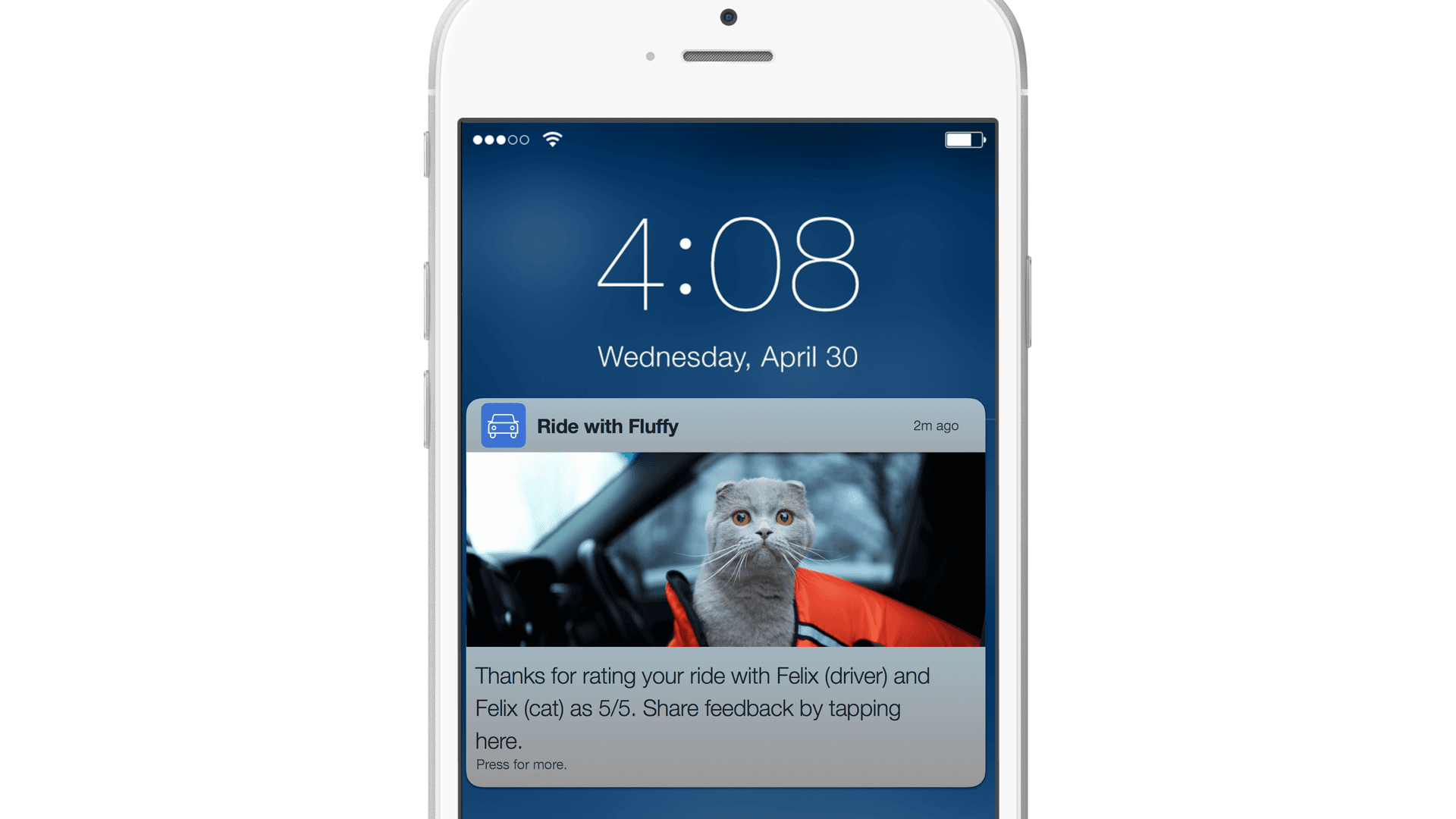
Step 2: Ask customers to weigh in on potential new features
- Introduce potential changes over email, push notification, or in-app messages and ask for customer input
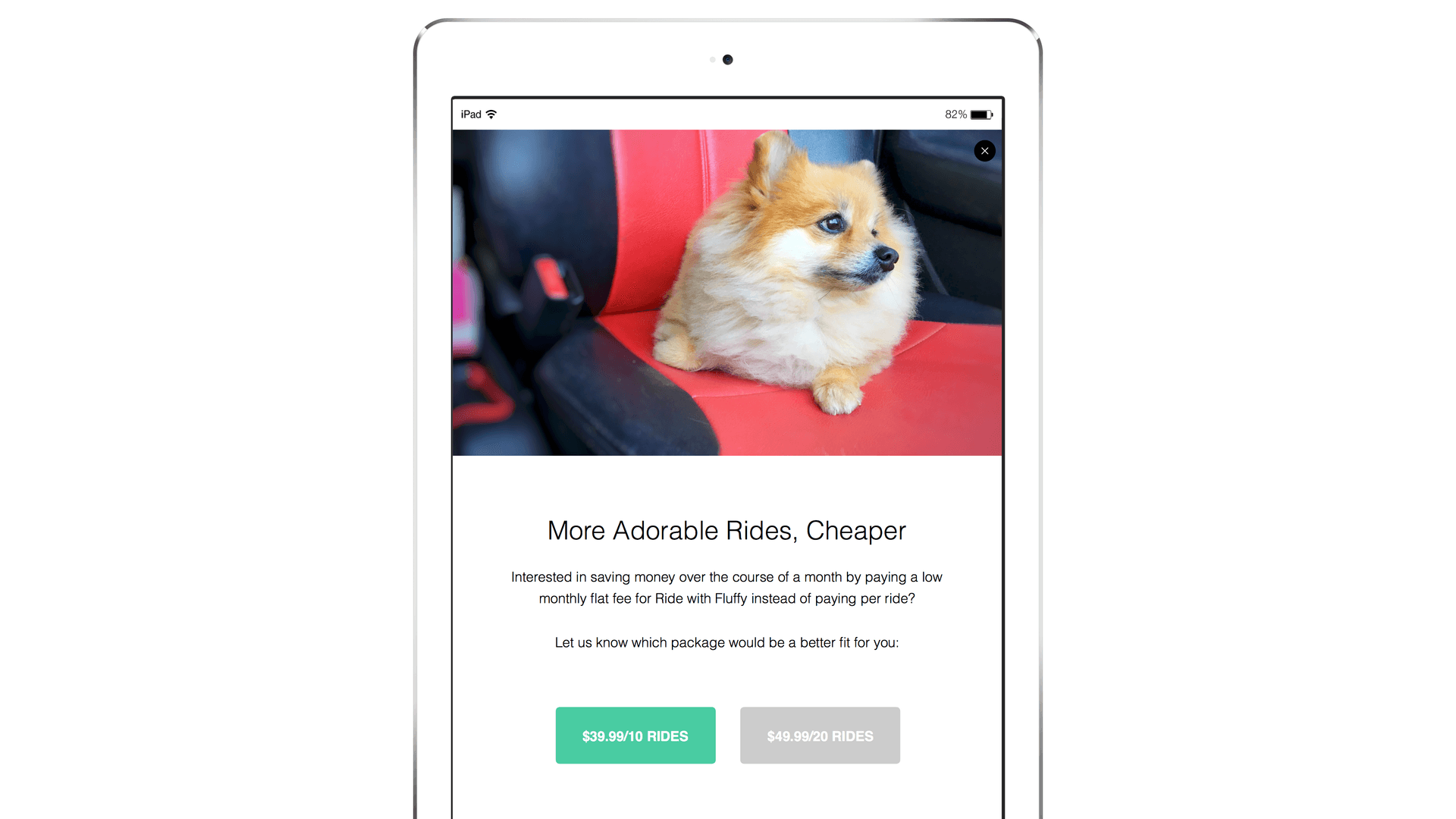
Step 3: Prepare a welcome educational series for your email marketing, in-app messaging, push notifications, social channels, and more to introduce the new service
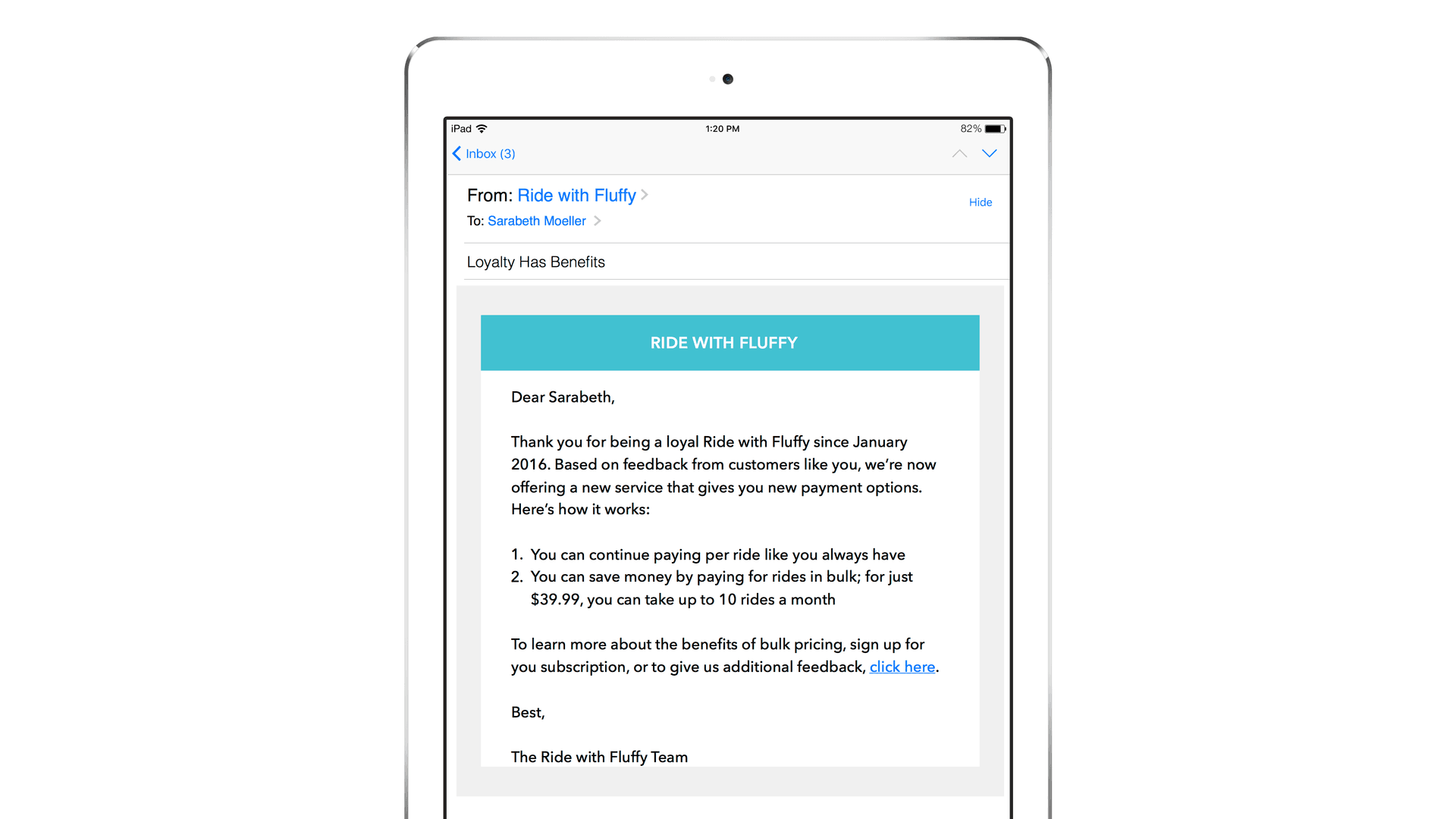
Step 4: Ask customers to share about their experiences with the new service.
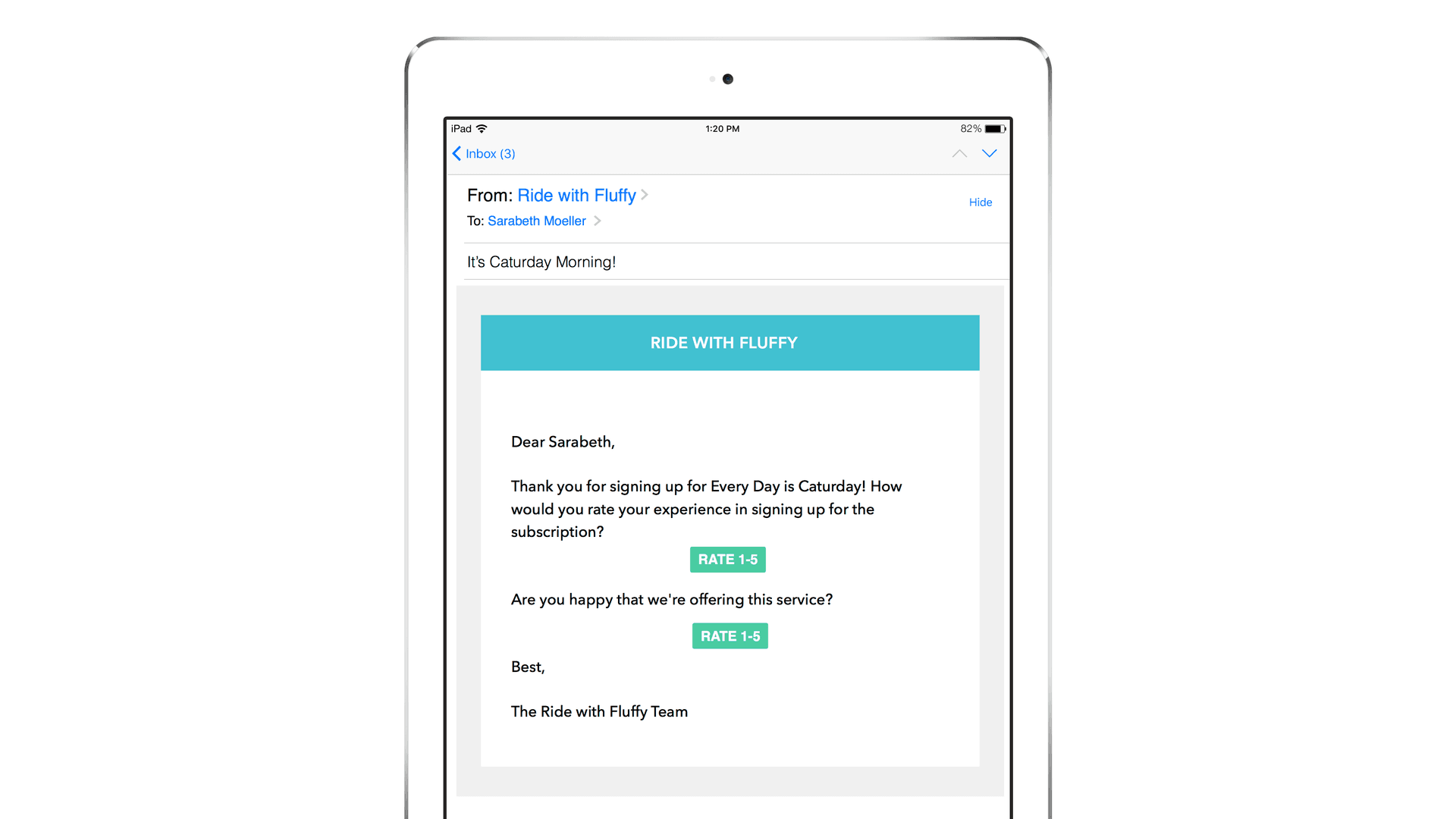
Final thoughts
Change is inevitable, but that doesn’t mean that it’s going to be easy for your users to accept.
Don’t just throw things at your customers and hope that they’ll be willing to accept it. Before you make a major update to your app, overhaul your payment tiers, or announce a merger with a competitor, think through the possible points of concern for your audience, and take advantage of your customer messaging channels to keep them in the loop and walk them through how the changes will benefit them. You’ll be glad you did.
Be Absolutely Engaging.™
Sign up for regular updates from Braze.
Related Content
View the Blog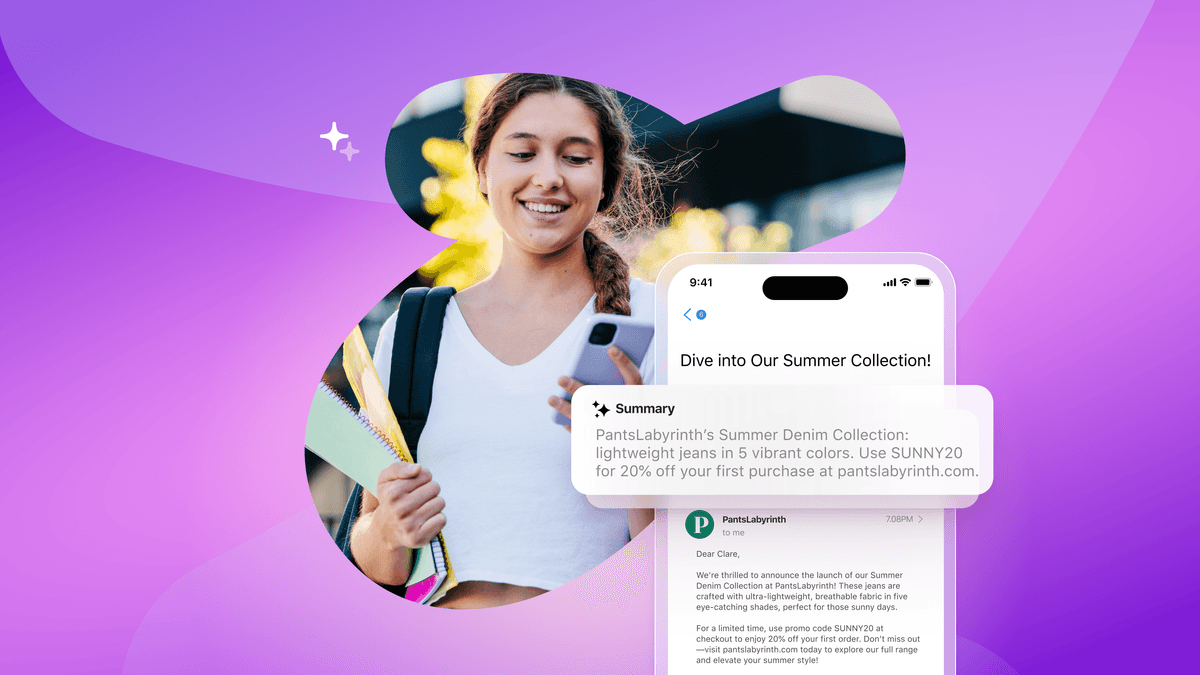
How Android 16 and iOS 26 are reshaping customer engagement

Haley Trost

Proven customer retention strategies for building loyalty and reducing churn
July 02, 2025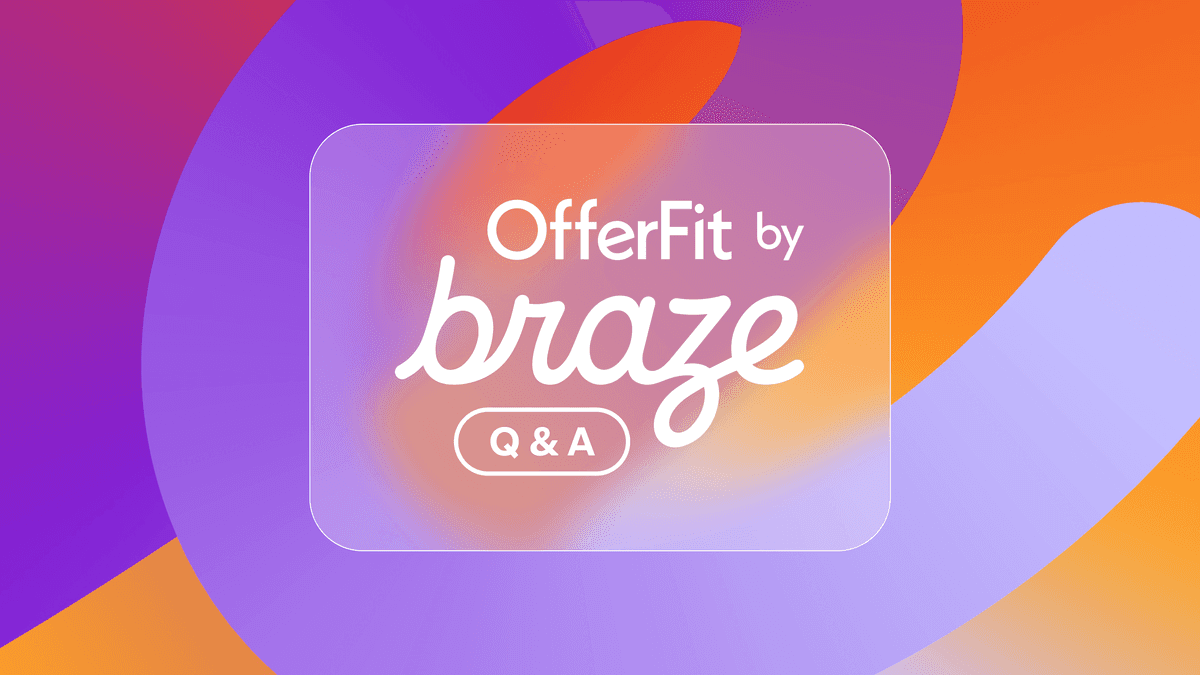
Introducing OfferFit by Braze: Answering burning questions
